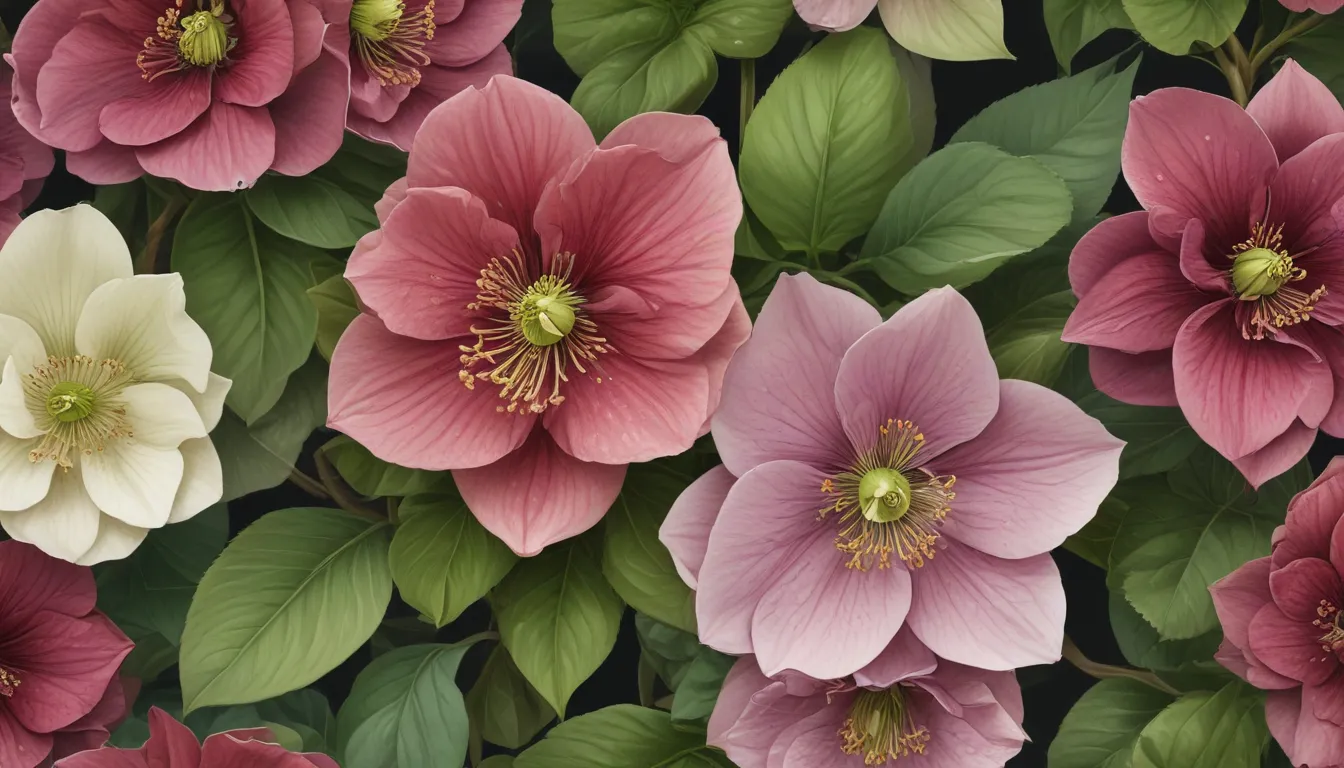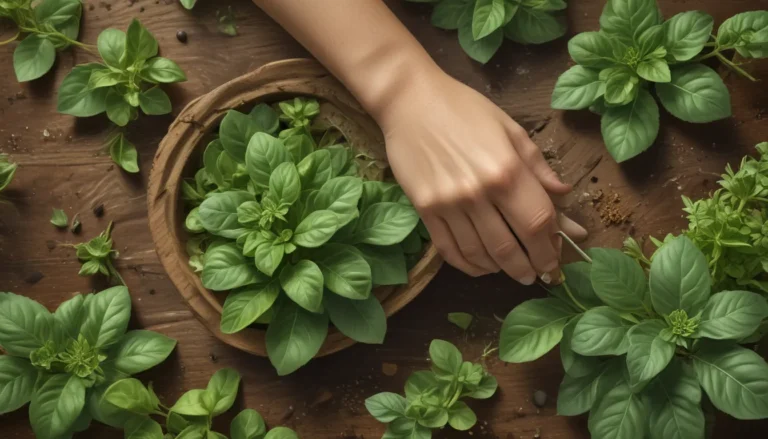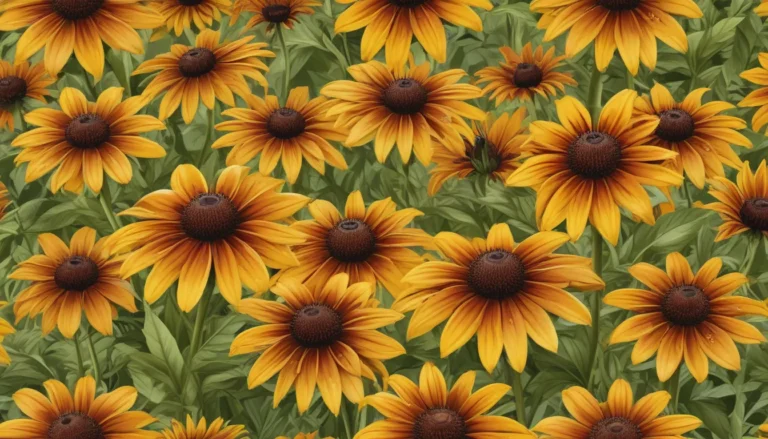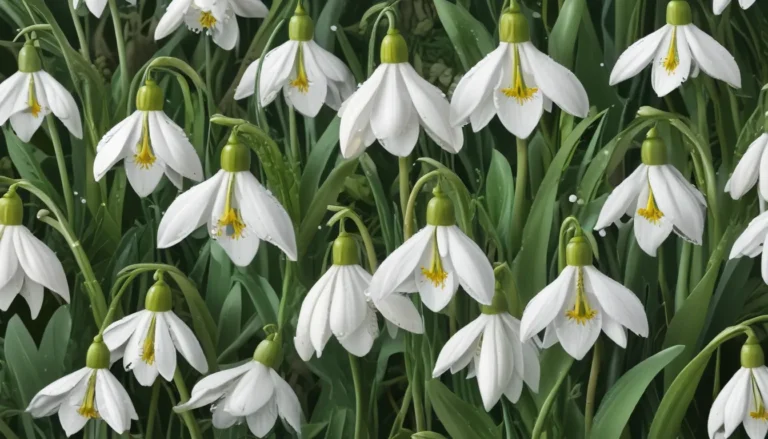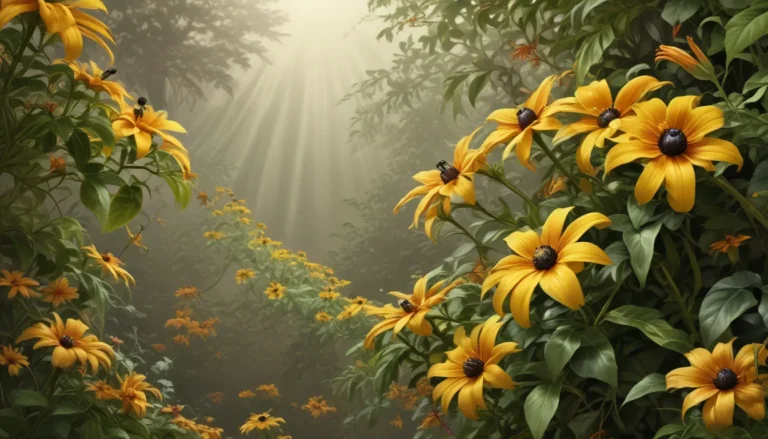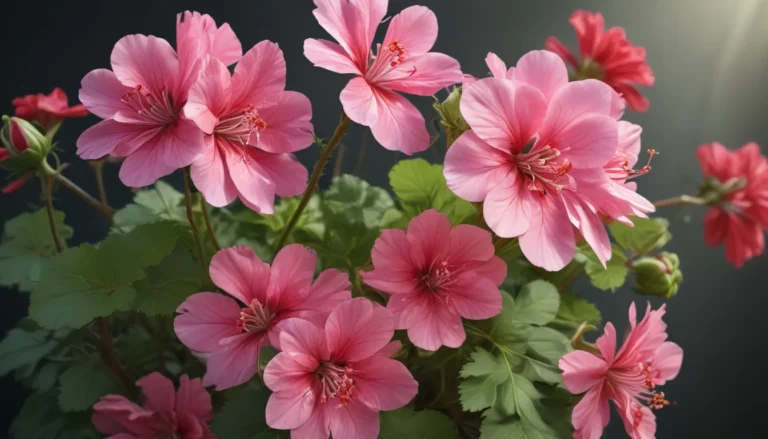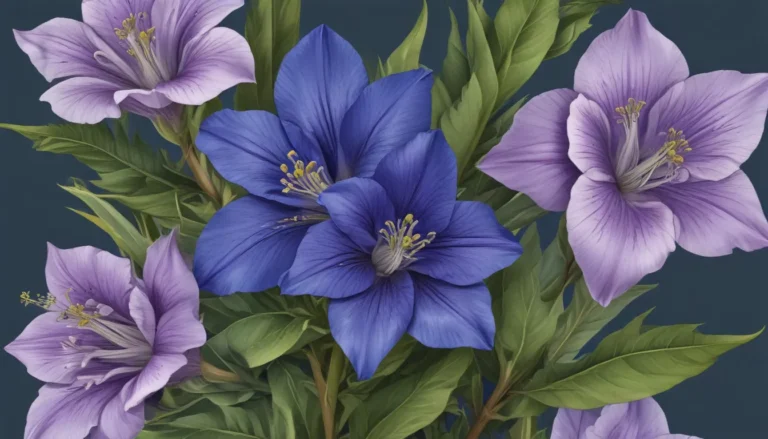The pictures we use in our articles might not show exactly what the words say. We choose these pictures to make you interested in reading more. The pictures work together with the words but don’t take their place. The words still tell you the important facts.
Are you ready to delve into the enchanting world of Hellebore, the captivating Christmas Rose that blooms in the winter and holds a special place in the hearts of garden enthusiasts and botany lovers? In this informative article, we will explore nine fascinating facts about this remarkable plant, from its historical significance to its diverse varieties and medicinal properties. Whether you're a seasoned gardener looking to expand your floral collection or simply curious about the wonders of the plant kingdom, join us on this journey to uncover the secrets of Hellebore.
Discovering the Magic of Hellebore
Hellebore, also known as Helleborus, has earned its popular nickname of the Christmas Rose due to its ability to bloom during the winter season, bringing a touch of beauty and hope during colder months. Its stunning flowers, which come in a variety of colors beyond the traditional white and pale pink, make it a resilient and captivating flower for gardens.
Exploring Hellebore’s Characteristics
As a member of the buttercup family, Hellebore belongs to the Ranunculaceae family alongside other well-known flowers like the buttercup and anemone. Its beautiful cup-shaped flowers and dark green foliage add a unique charm to any garden or landscape, making it a popular choice among gardeners.
Unveiling the Diverse Colors of Hellebore
While the classic image of Hellebore may be a white or pale pink flower, this plant surprises with its wide range of colors. From deep purples and rich reds to vibrant yellows and delicate pastels, there is a Hellebore to suit every gardener's taste and preference, adding a burst of color and vibrancy to any garden.
Embracing Hellebore’s Longevity and Resilience
Hellebores are known for their long lifespan, with some varieties living up to 20 years or more. Once established, these plants require minimal maintenance and continue to provide years of beautiful blooms, making them a valuable addition to any garden or landscape.
Understanding the Toxicity and Medicinal Properties of Hellebore
Despite its beauty, it's essential to remember that all parts of the Hellebore plant are toxic if ingested. However, throughout history, Hellebore has been used in traditional medicine for its purported anti-inflammatory, analgesic, and diuretic properties. Consulting with a healthcare professional before using Hellebore for medicinal purposes is highly recommended.
Nurturing Hellebore in Your Garden
Hellebores thrive in partially shaded areas, making them an excellent choice for gardens with dappled sunlight or areas that receive morning sun and afternoon shade. They can also tolerate full shade, although they may produce fewer blooms. Additionally, if you struggle with deer or rabbits damaging your garden, planting Hellebore can help deter these animals due to its toxic nature.
Embracing Hellebore as a Symbol of Beauty and Hope in Winter
In many cultures, Hellebore is seen as a symbol of beauty and hope during the winter season. Its ability to bloom when everything else seems dormant serves as a reminder that beauty can be found even in the coldest and darkest of times, bringing joy and cheer to gardens and landscapes.
Embracing the Enchanting World of Hellebore
In conclusion, Hellebore stands out as a fascinating and captivating plant that offers both aesthetic beauty and potential medicinal benefits. With its unique species, rich history, and association with folklore and mythology, Hellebore continues to intrigue and amaze plant enthusiasts worldwide. Whether you're a botany enthusiast, a dedicated gardener, or an herbal medicine practitioner, Hellebore is a versatile and resilient plant that is worth exploring and integrating into your green spaces.
Frequently Asked Questions about Hellebore
- What is Hellebore?
-
Hellebore is a genus of flowering plants in the family Ranunculaceae, also known as the Lenten Rose or Christmas Rose.
-
Is Hellebore toxic?
-
Yes, all parts of the Hellebore plant contain toxic compounds that can cause skin irritation and gastrointestinal distress if ingested.
-
Can Hellebore tolerate cold weather?
-
Hellebore thrives in cold temperatures and can bloom during the winter months, withstanding frost and snow.
-
How do I care for Hellebore plants?
-
Hellebores prefer partial shade, well-drained soil, regular watering, and pruning of dead or damaged leaves to encourage new growth.
-
Are there different varieties of Hellebore?
-
Yes, various species and hybrids of Hellebore, such as Helleborus orientalis, Helleborus niger, and Helleborus foetidus, offer unique characteristics and flower colors.
-
Can Hellebore be used for medicinal purposes?
-
Hellebore has a history of traditional medicinal use, but consulting a healthcare professional before use is essential.
-
Can Hellebore grow in containers?
-
Yes, Hellebore can thrive in containers with good drainage, well-draining potting mix, adequate sunlight, and regular watering.
-
How long does Hellebore bloom?
-
Hellebore blooms can last several weeks, typically from late winter to early spring, depending on the variety and growing conditions.
-
Is Hellebore easy to grow?
- Yes, Hellebore is generally considered easy to grow, tolerating various soil conditions and requiring minimal maintenance.
Embrace the Beauty and Magic of Hellebore
As you embark on your journey to explore the enchanting world of Hellebore, remember to appreciate its captivating beauty, unique characteristics, and potential benefits. Whether you're cultivating a lush garden, seeking natural remedies, or simply celebrating the wonders of nature, Hellebore is a plant that promises to add joy, color, and magic to your green spaces. Let the beauty of the Christmas Rose inspire you to discover the mysteries and secrets of this resilient and alluring plant.
